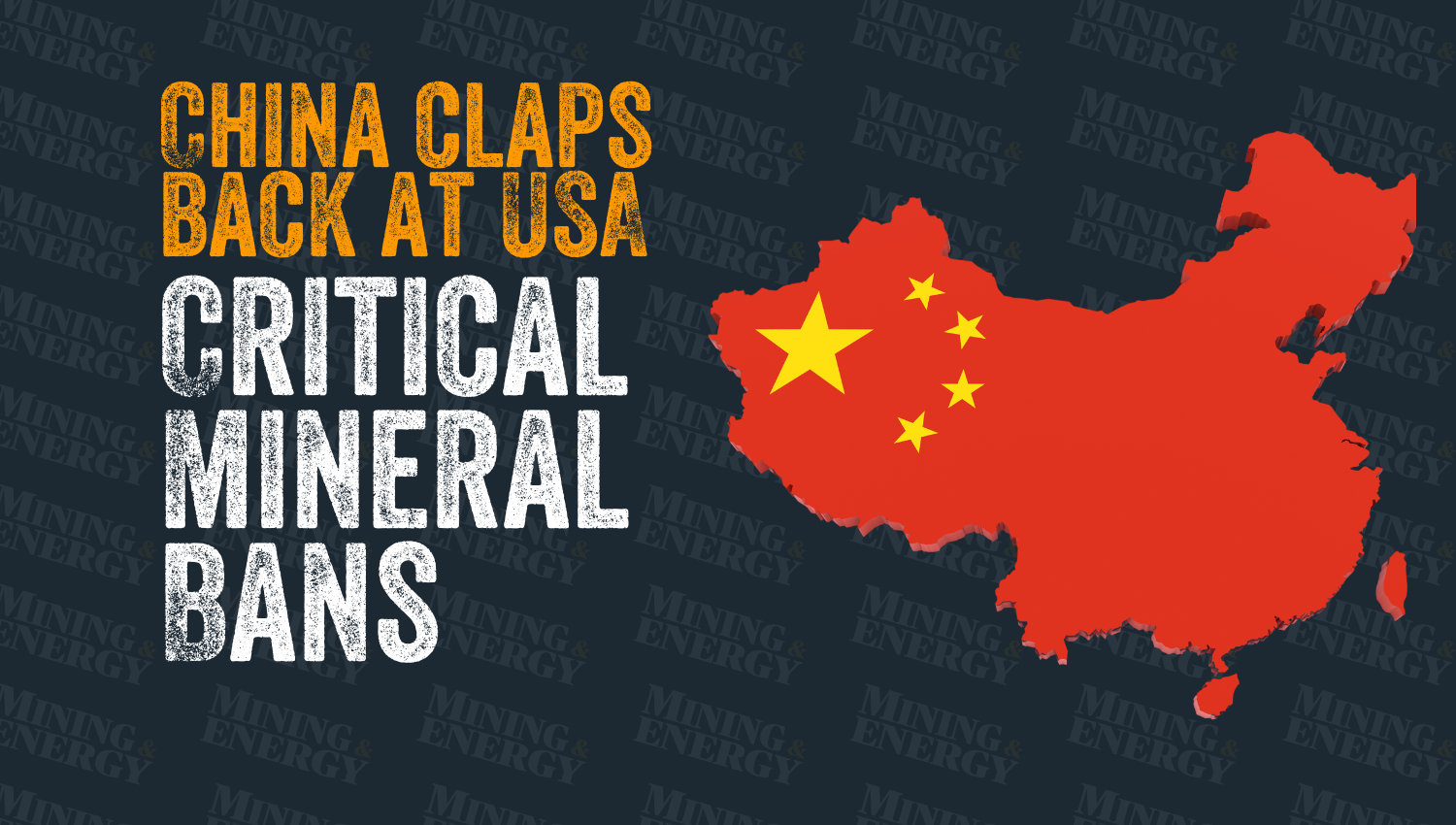Commerce Resources developing rare earth pilot plant

Commerce Resources corp is an exploration and development company with a particular focus on rare metals and rare earth elements. — Photo courtesy Co
Commerce Resources corp is an exploration and development company with a particular focus on rare metals and rare earth elements. — Photo courtesy Commerce Resources corp
Commerce Resources Corp. recently began the second phase of a pilot plant that will produce mixed rare earth carbonate concentrate and mixed rare earth chloride concentrate from the company's Ashram Rare Earth Element deposit in Quebec. Commerce president Chris Grove said the purpose of the plant is to produce three kilograms of a mixed rare earth carbonate concentrate and one-half kilogram of a mixed rare earth chloride “as per the specifications of the four majors who have made a request to us.”
“We will also be looking to produce a fluorite byproduct,” Grove said. “In addition, we want to evaluate the commercial potential of the cerium and lanthanum that will be removed from the first type of rare earth concentrate to be produced.”
Rare earth elements (REEs) are 17 metals that are typically found together in varying amounts and are essential for the manufacture of magnets, as well as in many other high-tech applications. “The name 'rare' is somewhat of a misnomer,” said Grove. “Rare earth elements are actually quite abundant in the Earth’s crust. What makes them rare is the difficulty in economically processing them out of most of the 200 minerals that host them.” Grove said REEs are found almost anywhere in the world, “except for Antarctica, as far as we know now.” He said REEs are essential for manufacturing almost everything in the world of electronics and high tech. Examples include glass products, permanent magnets and fuel-cracking catalysts. Grove said the demand for REEs continues to grow as the demand for the products they are used to make, especially magnets, has grown.
“Independent sources estimate the demand for rare earth elements will grow at between eight per cent and 12 per cent per year for the next decade,” Grove said. REEs are traded on an open market at prices that, Grove said, are set by China, which is the main producer in the world. “The current downward price pressure might make one think that demand is down,” he said. “But because the demand for magnets is not also down, this begs the question as to why there is downward price pressure for rare earth elements.” Grove believes the current downward price pressure on REEs is the result of the Chinese government's efforts to shut down the illegal production of REEs in China. “The Chinese government wants to be able to benefit to the maximum extent from the state-sanctioned production of the rare earth elements at some point in the future,” Grove said. “This is an unusual situation.”
The first phase of the pilot plant, which ran from February to April 2015, is the stage at which the REEs are physically separated from their host rocks. “That includes the grinding, flotation, and then the magnetic separation that would be normal in any mining operation and which produces a flotation concentrate,” said Grove. The second phase, which started in the third week of July 2015, is the acid-leaching stage. “The material that was produced in the first phase is subjected to an acid bath,” Grove said. “The acid is used to target the gangue minerals (commercially worthless waste rock) and this is also a very standard operation for commercial operations. At this stage the target commodities—the rare earth elements—are further separated and a good amount of what is just waste is dissolved.” In addition, Commerce has discovered that it can produce—at the same time and with no extra steps or cost—a potentially valuable fluorite byproduct. “This is something we are looking to confirm on a larger sample size in the pilot plant,” Grove said.
The leach pilot plant project is being conducted at Hazen Research Inc. in Golden, Colorado.
Commerce is an exploration and development company with a particular focus on rare metals and rare earth elements. In addition to its Ashram REE deposit, the company is developing its Upper Fir Tantalum and Niobium Deposit in British Columbia.
Tantalum and niobium
Tantalum has unique attributes that make it suitable for a number of applications. It has a high melting point (about 3,000 C), is highly corrosion-resistant, alloys well with other metals, is superconductive for electricity and has an excellent capacity to store and release an electrical charge.
About one-half of the tantalum consumed each year is used in the electronics industry, mainly as powder and wire for capacitors. Because tantalum enables electronics components to be miniaturized, tantalum is used in high-end applications in telecommunications, data storage and implantable medical devices. Tantalum is also used for electronic sound filters and as a barrier against copper diffusion in semi-conductors.
Niobium possesses a unique complex of properties: heat resistance, high thermal conductivity, elasticity, corrosion resistance and the ability to form a stable and adhesive layer of oxide. These properties mean niobium and its alloys are widely used in chemistry, metallurgy and electronics as well as in the medical, nuclear and aerospace industries.
Niobium is used mostly to make stainless steel and high-strength, low-alloy steels. The steel is used in large-diameter pipelines for oil and natural gas, for the frames and wheels of cars and trucks, and as micro-alloyed steel in structural applications.
Tantalum has unique attributes that make it suitable for a number of applications. It has a high melting point (about 3,000 C), is highly corrosion-resistant, alloys well with other metals, is superconductive for electricity and has an excellent capacity to store and release an electrical charge.
About one-half of the tantalum consumed each year is used in the electronics industry, mainly as powder and wire for capacitors. Because tantalum enables electronics components to be miniaturized, tantalum is used in high-end applications in telecommunications, data storage and implantable medical devices. Tantalum is also used for electronic sound filters and as a barrier against copper diffusion in semi-conductors.
Niobium possesses a unique complex of properties: heat resistance, high thermal conductivity, elasticity, corrosion resistance and the ability to form a stable and adhesive layer of oxide. These properties mean niobium and its alloys are widely used in chemistry, metallurgy and electronics as well as in the medical, nuclear and aerospace industries.
Niobium is used mostly to make stainless steel and high-strength, low-alloy steels. The steel is used in large-diameter pipelines for oil and natural gas, for the frames and wheels of cars and trucks, and as micro-alloyed steel in structural applications.




